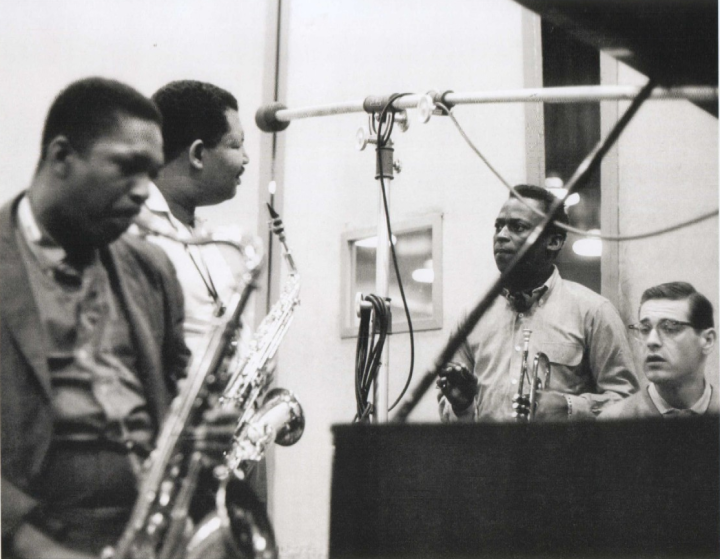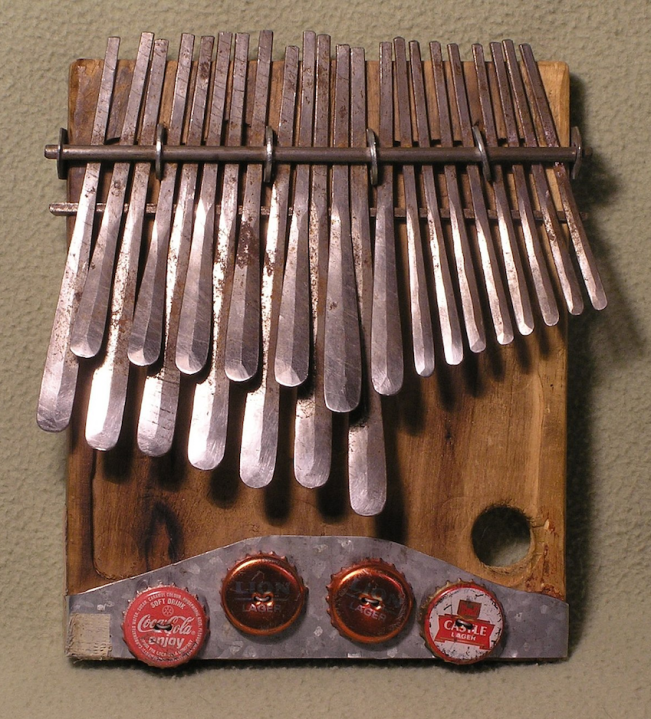
Obviously there’s nothing obscure about Miles Davis’ Kind of Blue, probably the best-selling (and one of the most-praised) jazz albums ever. But All Blues is a little more subdued than the rest of the songs and it’s got a spine-chilling little highlight that I’ve never noticed anyone else pointing out. With that, and with some notes from Miles’s autobiography, I might have something new even for long-time Miles fans.
That autobiography is quite a book and I totally recommend it. It’s brutally, unflinchingly honest; If you already sort of knew that Miles had a mean streak, you will for sure after reading this. But it has a lot of really interesting people in it, and if you care about the music, well oh my goodness; he dives deep on basically all the interesting tunes, how they got put together, what he was thinking, what was hard, what he thinks worked and didn’t work. For example, on Kind of Blue, everyone’s written about the modal construction of the songs, but Miles also talks about the two sounds he had in mind and was trying to achieve.
The first was the sound of a “finger piano” (properly Mbira) that he’d heard at a Les Ballets Africains show.
An mbira.
And then, “some other kind of sound that I remembered from being back in Arkansas, when we were walking home from church and they were playing these bad gospels… that feeling I had when I was six years old, walking with my cousin along that dark Arkansas road.” (By the way, when he says “bad” he means good.)
After talking about the record a bit, he goes on “When I tell people that missed what I was trying to do on Kind of Blue, that I missed getting the exact sound of the African finger piano up in that sound, they look at me like I’m crazy.” After admitting that he loves the record, he goes on: “But that’s what I was trying to do on most of that album, particularly on All Blues and So What. I just missed.”
There’s nothing complex about All Blues, 12 bars, 6/8, mixolydian; the rhythm sways along pleasantly and the solos are subdued not flashy. Now, here’s the special thing: The song is 11:36 in length and in the last thirty-ish seconds, starting pretty well right at 11:00, Miles plays this little rhythm flourish over the horn vamp, all on one note, maybe a measure and a half long but not anchored to the measure at all, just fitting in between the pulses of a rhythm that you didn’t know was there until the trumpet shows you. Every time I hear it I smile; and I’ve never heard anything like it before or since, by Miles or anyone else.
This is the 113th in the Song of the Day series (background).
Links · Spotify playlist. This tune on Amazon, Spotify, iTunes. This live 1964 performance from Italy has the next-gen Shorter/Hancock/Carter/Williams band and is taken, in my opinion, way too fast and doesn’t have the closing flourish. But still, a lot of musical dazzle.


Comment feed for ongoing:
From: Ryan Cousineau (Apr 23 2018, at 09:04)
Excellent choice. For a truly left-field cover of this song, Andy Baio commissioned a chiptune cover of the album, called “Kind of Bloop”. Here’s the remarkable “All Blues” in a witty and surprising 8-bit form:
https://www.youtube.com/watch?v=Hmr1XqAptAg
[link]